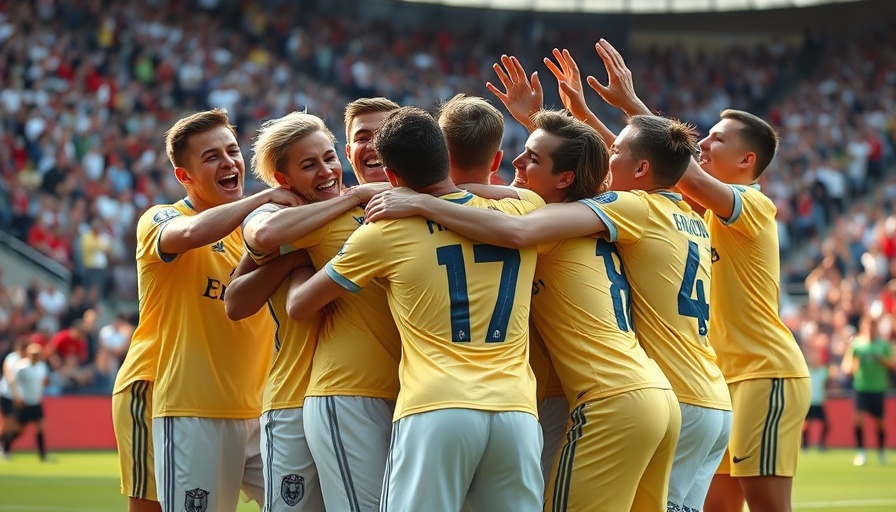
The Simple Joy of a Neighborhood Game
On a sunny afternoon in a cozy suburban neighborhood, laughter punctuates the air as children gather in the park to play a timeless game: basketball. It’s not just about shooting hoops; it’s about community, friendship, and the shared experience of play. A casual observer might simply see a group of kids with a ball, but for them, this game represents so much more.
Connecting Families and Neighbors
As each basket is made, cheers erupt, and families gather around, transforming mere neighbors into friends. Playgrounds and parks have long served as the heart of local communities, providing a space for children to connect and grow, while parents strike up conversations. Moments like these emphasize the importance of local connections in our busy lives. Forget the flashy gadgets; the real treasure lies in the shared memories made in the great outdoors.
The Impact of Community Engagement
Engaging in local sports fosters not only physical health but also mental well-being. Children develop resilience through competition and teamwork, essential skills that benefit them in school and life. According to the National Recreation and Park Association, local sports programs can significantly reduce juvenile crime rates by providing kids with structured, positive activities. The essence of sharing a game goes beyond mere fun—it imprints lessons in collaboration and respect.
Creating Opportunities for Everyone
Moreover, these neighborhood games create opportunities for every child, regardless of background. Organizations like the YMCA and Boys & Girls Clubs often provide equipment and training, ensuring that finances do not impede participation. The community's collective effort to support such activities reinforces the belief that everyone deserves a chance to play. This is especially crucial in families with a household income between $75,000 and $250,000, as they often juggle between ensuring their kids have both the time and resources to engage in enriching extracurricular activities.
Why Basketball? A Story from the Heart
Consider the story of young Mia, a determined 10-year-old with dreams of becoming a professional athlete. She doesn’t just play for the glory; she plays to honor her late father, who was a community coach. Each time she sinks a three-pointer, she feels him cheering from above. Stories like Mia's bring warmth to the heart and highlight how local sports can shape personal narratives. Through such engagement, community ties deepen, and local heroes are born.
Future Predictions: The Growing Role of Community Sports
As we look to the future, community sports' role in building connections will likely grow, especially as neighborhoods work to rebound from recent global challenges. Increased attention will be placed on not only preserving these activities but improving access to them, especially for lower-income families. The pandemic revealed how vital community interactions are for happiness and mental health, making it imperative to foster environments that allow such engagement.
Getting Involved: Ways to Contribute
Families are encouraged to actively support local sports initiatives. Whether volunteering as a coach, sponsoring a team, or simply attending games, every effort strengthens community bonds. Schools and local organizations often welcome additional hands to help run clinics or events. Your involvement, big or small, contributes to the greater good of the community—transforming lives one game at a time. Additionally, local businesses can take part by providing sponsorships or donations, showcasing their commitment to community welfare.
Final Thoughts on Community Spirit
The next time you hear the sound of basketballs bouncing in your neighborhood, remember that it’s more than a game. It’s a vibrant representation of community, resilience, and love. Each shot taken symbolizes hope and growth. So, step outside, engage, and contribute to the shared stories of your neighborhood.
Be part of the wave of positivity and connection that can arise from simple games played in your local park. Embark on this journey of support and connection—your participation matters!
 Add Row
Add Row  Add
Add 



Write A Comment